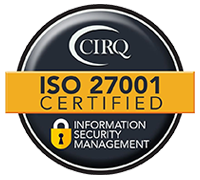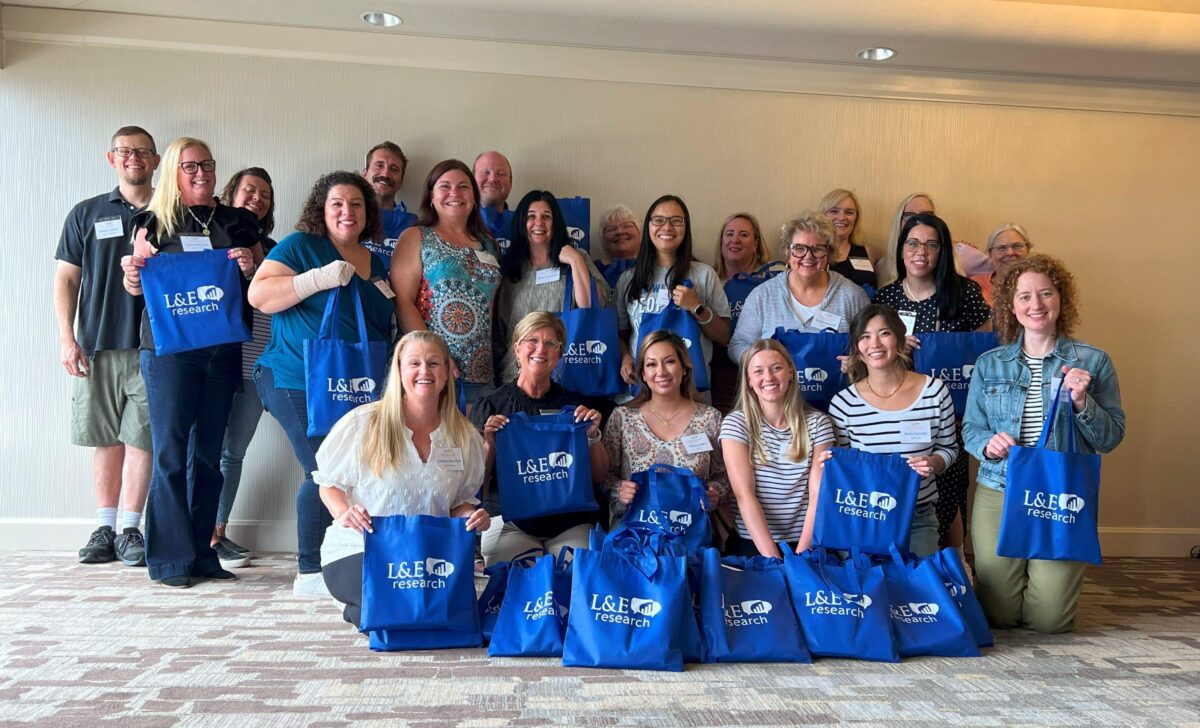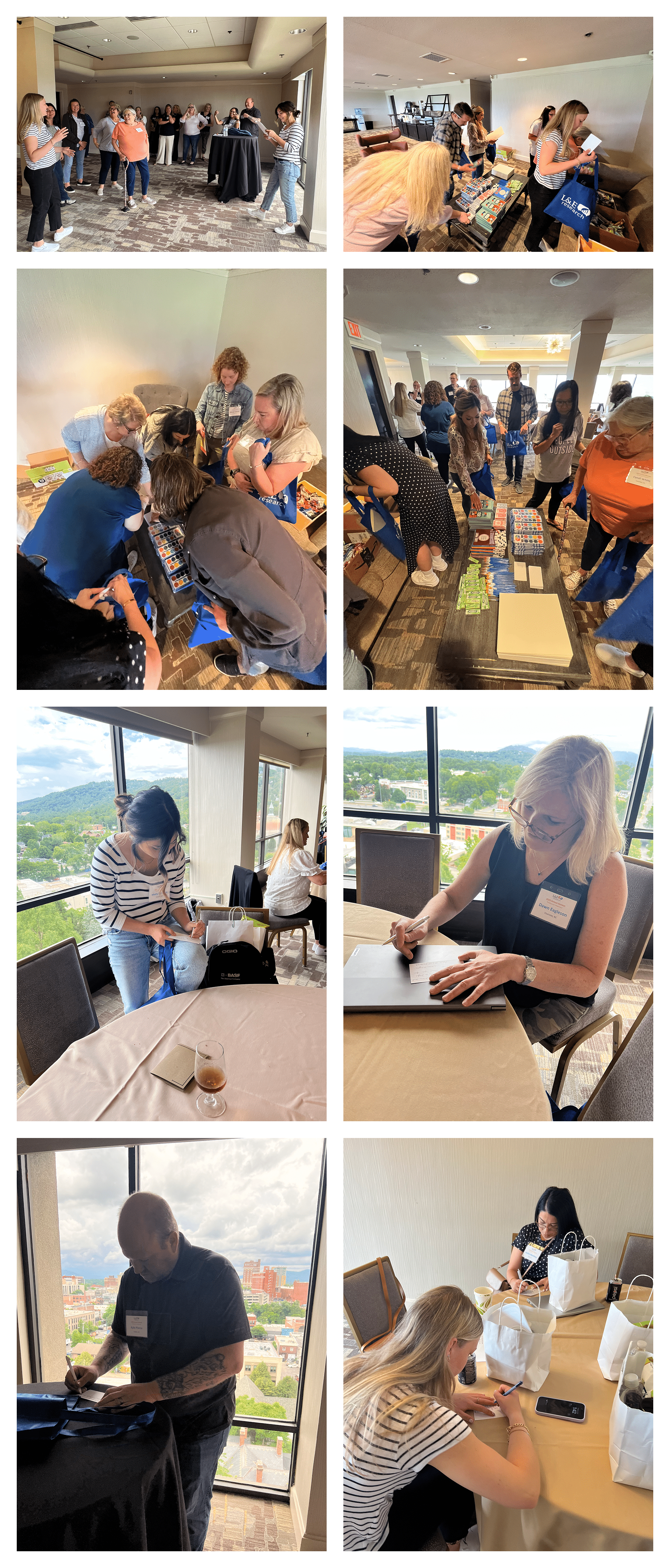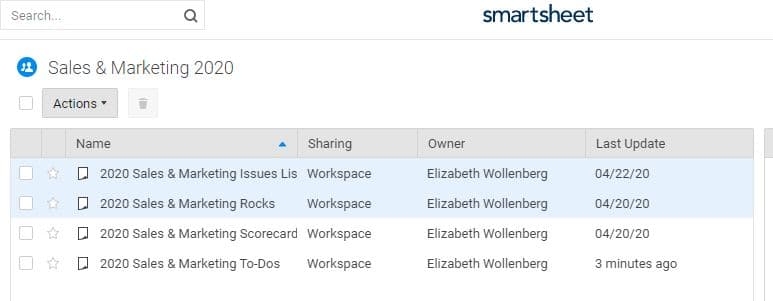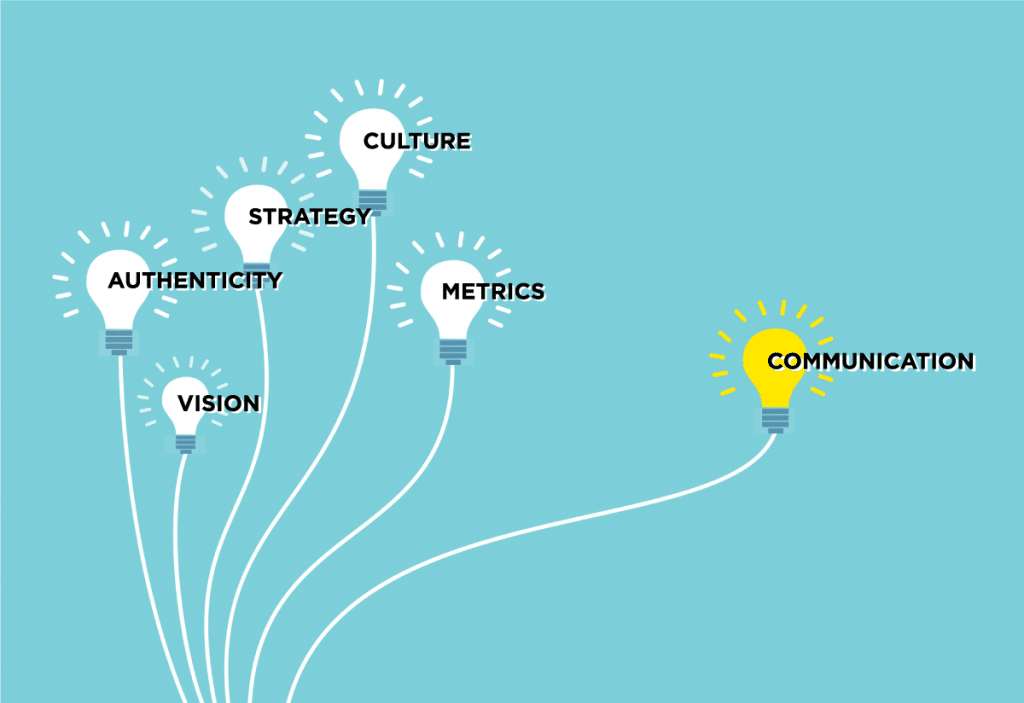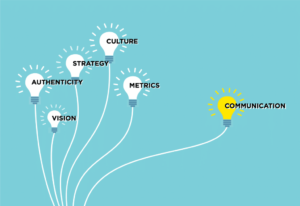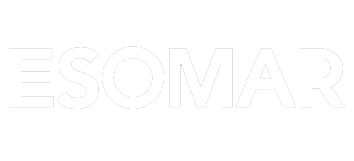As so many are struggling with their businesses in this new reality we call COVID, we have all been confronted with the reality that the world has changed and a crisis is upon us. I wanted to share a chapter from a friend who has written a series of books on the subject of entrepreneurship. Called the “Decision Series,” Randy Nelson has authored two books (with two more on the way) on helping us navigate the business owner cycle. Here’s a chapter on crisis leadership, and what Randy learned from his time as submarine XO and later successful exit of two companies on how to deal with crisis.
I highly recommend his books for all business owners out there, especially his “Second Decision” on operating your business well. If you read Randy’s chapter or tuned in from my last post on the strategic essentials of working from home, we covered communication and how essential it is for a successful transition to at home work, as an element of the broader need for great leadership for successful outcomes. Vision, strategy and culture are all critical components of leadership as well, but these are items that really must come from the heart of the leadership of one’s business or division. Further, countless books have been written on these subjects that could cover these topics far better than I (see Simon Sinek’s “Start with Why,” Jim Collins’ “Good to Great” on strategy and culture and overall leadership, “The 17 indisputable laws of Teamwork” by Thomas Maxwell, and many more). All of them are well worth the read.
But the one facet of leadership, and one I see most lacking in many businesses, that is particularly crucial when your workforce is more virtual (and covered really well in Randy’s book), is metrics. As one CEO friend told me years ago, when he asked what my key metrics were and I didn’t have a good answer:
“Brett, if you don’t know the metrics of your business, you’ll never know what makes it successful. Talking financials only tells part of the story: what items [that are measurable] that drive those financials are the keys to your business.”

Too often I hear Key Performance Indicators (KPIs) referenced by others as financials. Profits, revenue, cash flow, these are all very important, but are often data that only you and your CFO or Finance Officer know. If you want to share that data with your employees, I strongly encourage it, but that too will take time and a lot of process. Jack Stack’s “Great Game of Business” and Geno Wickman’s “Traction” are great reads and systems to consider when going down that path. They also only tell the outcome, they don’t share how you got there. Knowing what causes your business to generate profits (revenue is nice, but without profits it’s vanity) is what will lead to high performing teams, as you build out the metrics that enable each teammate to understand where they fit into the bigger company picture.
The ability to know what number(s) each of your teammates should be looking at is the first crucial step in creating a culture of accountability. The Society of Human Resource Management (SHRM) has regularly published survey results that show employees seek, in this general order:
- The ability to influence their working world;
- Clear expectations as to what is expected of them;
- Being valued and appreciated;
- Fair compensation.
Notice compensation is last. Yes, everyone wants to paid well, but so long as their compensation plan is fair, employees really want to know how will the game be played, what part of the game are they expected to play/influence, and what does winning look like? I like to compare it to games because most all of us grew up playing games of some kind. Sports, cards, Monopoly, we all know the rules, and we all know what winning looks like.
I find these four elements very intertwined and critical if you are to create an accountable culture. To me, it starts with #2: clear expectations. To have clear expectations, one has to have data, especially when your people are working from home, when all you have is the ability to see the final work product or financial outcomes. Simply put, your teammates crave objective analysis, because when it is clear to them not only what is expected of them, but also what they are involved in defining, together you both can determine HOW to accomplish it. This also addresses #1, their ability to influence, and even #3 being valued and appreciated, as you will find it easier to value them and show appreciation if you can objectively see they’re helping you make a positive difference.
Once employees feel you both are on the same page, you will begin establishing trust, which is essential between business leaders and their employees to achieve success. You will get a lot less “why are we doing this?” if they understand what drives the business, and how what they do influences it. This of course gets back to communication we discussed earlier, but you’ll find you spend a lot less time explaining things as you establish trust. Telling your teammates “Trust me!” is something I found never worked!
Clear expectations thus, derive from metrics that allow you to create a scorecard between you and your employee. Taking your goals for the year, you can reverse engineer your business to determine what each departments scorecard will look like, and in turn how you will develop the KPIs of each employee within those departments.
If you’re thinking “Yeah sure, it’s so simple!,” you’re right: it’s not. Considerable thought needs to go into your metrics as a company and what’s driving your success (or what needs to change to make it successful). From my experience, you’re likely to make a few mistakes as to what you’re measuring, and change the metrics up. But good news: my experience is when people see you trying to figure it out and working smart to enable both the company and employees to be successful, they’ll be a whole lot more willing to put up with these mistakes and help solve the problem to make the company successful.
As we all adapt and reimagine our businesses in this new reality, metrics and communication will be crucial as companies consider being more home-based. In addition to Randy’s Decision Series, I also highly recommend “Traction” by Geno Wickman, as you consider how to thrive in the months ahead and put better metrics and communication systems in place. If I had one thought to close, it would be don’t let the productivity of your teammates these past few months lull you into a sense of false security. Many companies have reported seeing their teammates productivity equal to, or increased, during this COVID crisis. Seeing the job market run high with unemployment and the quarantines forcing people to stay home may be creating “false positives” in productivity. Make sure your metrics are strong, and you’re constantly evaluating how you can communicate better in order to ensure everyone in your company is on the same page.
DWG Admin
on
May 29, 2024

